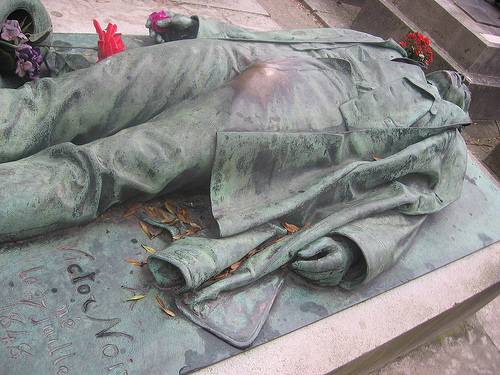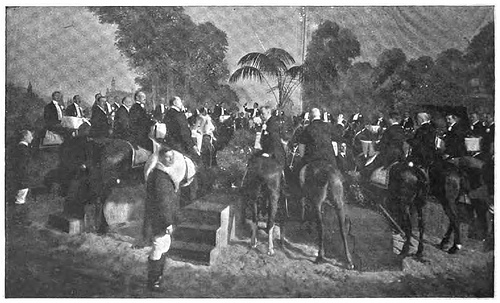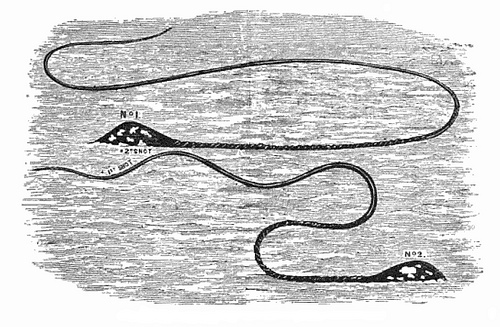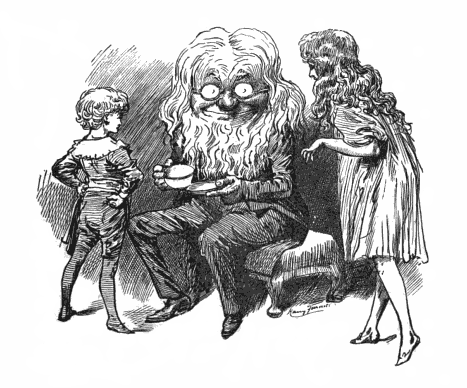While in course of demolishing a block of old houses on the north side of Longacre, which requires to be removed for the extension of Marischal College buildings, the workmen made a curious discovery yesterday morning. About fifteen inches from the exterior of a wall composed of solid masonry they came across a couple of crabs, one being dead but still in a fresh state, and the other alive, although so attenuated as to be almost transparent. The crabs were handed over to Mr. Jones, assistant professor of chemistry at Marischal College. The live crab is preserved in a jar containing water. In size it is an inch long and a quarter broad, its dead companion being an inch and three-quarters in length and an inch in breadth. The house has been untenanted for six months, and it is a mystery how the creatures could have found their way into a mass of masonry twenty feet above the ground level of the outside, and three or four feet from the level of the floor.
— Newspaper paragraph quoted in Scottish Notes and Queries, February 1896





